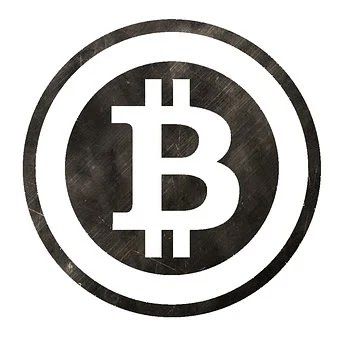What is short selling and how does it work on the BSE app?
Short selling is a trading strategy that allows investors to profit from a decrease in the price of an asset by borrowing and selling the asset with the hope of buying it back at a lower price in the future.
When an investor short sells a stock, they borrow shares from another investor and sell them on the market. The goal of the short seller is for the stock price to decrease, so that they can buy back the borrowed shares at a lower price, return them to the lender, and keep the difference as profit.
However, if the stock price increases, the short seller will have to buy the shares back at a higher price, resulting in a loss. This is why short selling is considered a high-risk strategy.
On the BSE app, short selling works in a similar way to traditional stock trading. To short sell a stock, an investor must first open a margin account, which allows them to borrow shares from a broker. The investor then selects the stock they wish to short sell and enters an order to sell the borrowed shares on the market.
The BSE app also offers short selling options and futures trading, which allows investors to short sell a stock through a futures contract, rather than borrowing shares directly.
It's important to note that short selling is not allowed in certain countries and some securities exchanges, and the BSE app could have different regulations and rules regarding short selling.
In summary, short selling is a trading strategy that allows investors to profit from a decrease in the price of an asset by borrowing and selling the asset with the hope of buying it back at a lower price in the future. On the BSE app, short selling works in a similar way to traditional stock trading, with the added option of short selling through a futures contract. However, regulations and rules regarding short selling on the BSE app could vary.


.jpg)

.jpg)
.png)
